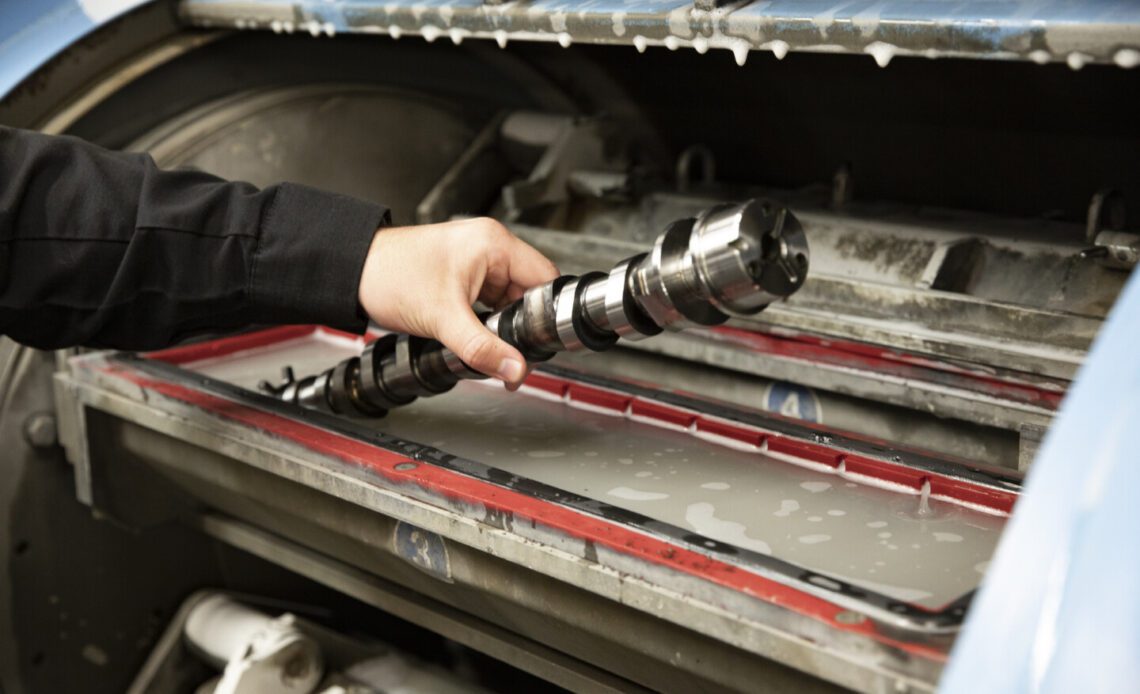We’re back with another round of our engine-building endeavor for our Ultra Street effort. If you haven’t been following along with our build, let me give you a quick refresher. We basically let our hearts talk over our finances, and we purchased a well-used street bruiser. While the chassis worked great for what it was, we had to refresh it to pass tech without paying the track operator under the table. Besides, safety squints only work so well at 150 mph.
With the chassis finished up, we moved on to the engine build. In our first installment on the Ultra Street engine, we discussed building a solid foundation with a proper block and selecting suitable internals. Since our goal is to remain competitive in Ultra Street, we had to ensure that the block and internals possess the strength required for the amount of boost we plan on pushing through it.
Speaking of boost, we needed heads that could keep up and flow the amount of air needed to propel us into the winner’s circle. In this segment, we’ll be putting on our dunce caps and letting Bennett school us on the right camshaft and valvetrain to stay ahead of the pack.
Camshaft Machining And Size
You can often discern the expertise of engine builders by their camshaft choices. Bennett understands the significance of a proper camshaft combination and has been testing various camshaft theories and experimenting with over a hundred different combinations to perfect setups in Ultra Street and X275 race cars. After all, a camshaft is no different from the entire race engine; everything needs to work in conjunction to maximize efficiency and performance.
For a camshaft, Bennett starts with a 55mm core. However, merely grinding a 55mm core to a specific size is not all that happens behind the scenes. After grinding, it received COMP Cams’s “Micro Surface Enhancement” (MSE) option. “By utilizing uniform pressure across the camshaft lobe face, MSE reduces the surface waviness common with other finishing techniques, such as belt polishing. The resulting camshaft surface more evenly distributes load for increased durability. Spreading the contact area between the roller and camshaft face allows for much higher loads and lower localized stress,” Bennett explains. “MSE also eliminates sharp edges and microscopic machining marks that typically result from the grinding process.”
Bennett continues, “Additionally, MSE utilizes uniform pressure across the camshaft lobe face, reducing the surface…
Click Here to Read the Full Original Article at DragzineDragzine…

